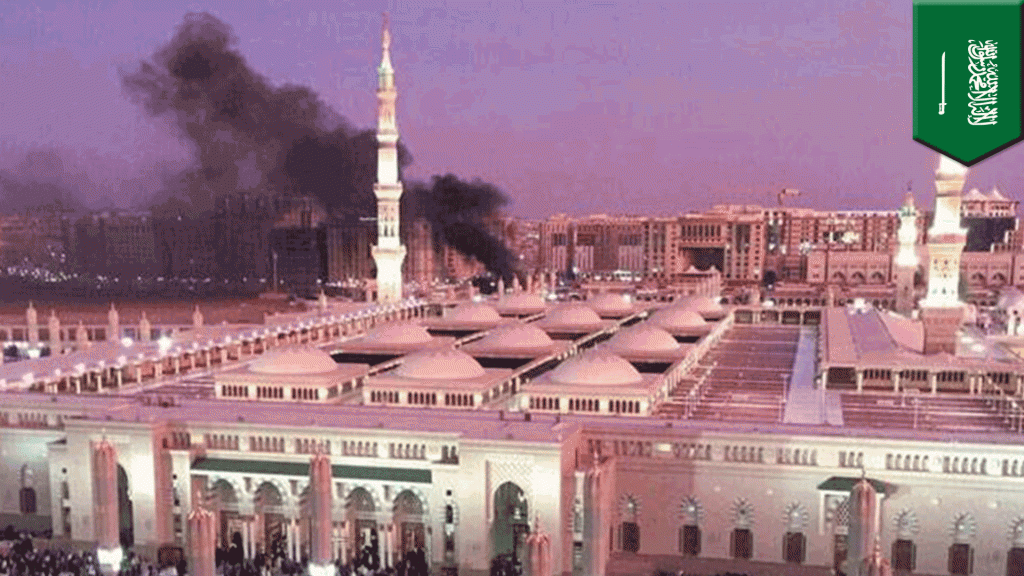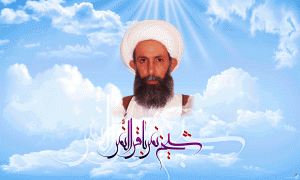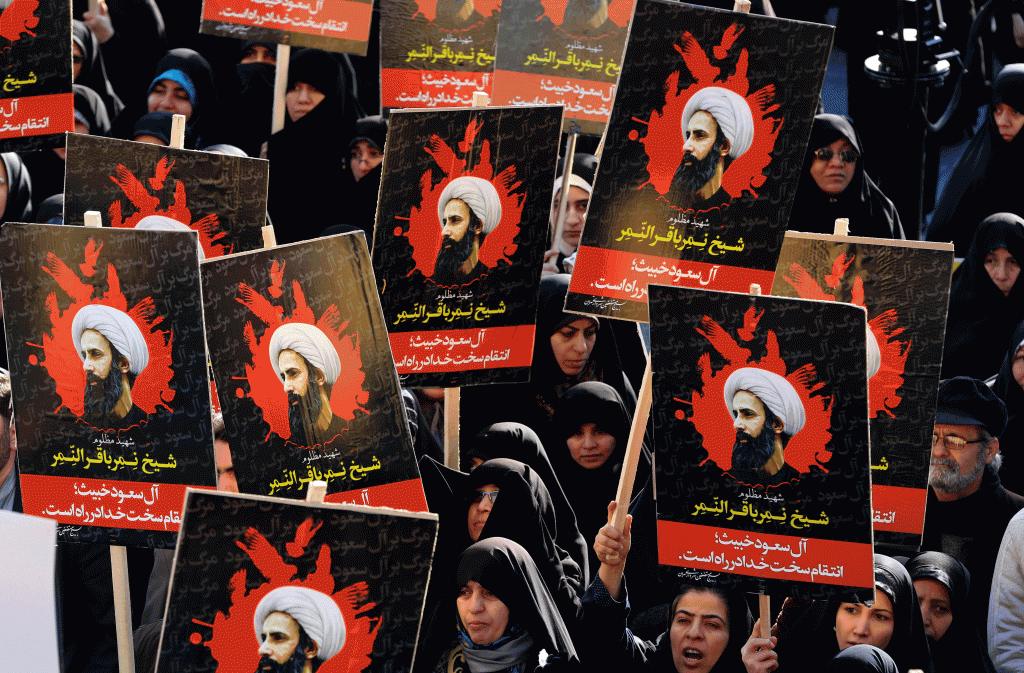Jihad Comes Home: ISIS and Saudi Arabia
By Kunwar Khuldune Shahid | Newsbeat International | Published 8 years ago
In the early hours of July 4, Abdullah Gulzar Khan blew himself up in front of the US Consulate in Jeddah. Khan was a Pakistani immigrant, who had been working as a driver in Saudi Arabia for the past 12 years. Two policemen were injured in the Jeddah attack.
Later, on the same day, two simultaneous bombings took place in Qatif and Medina; two suicide bombers targeted a Shia mosque in Qatif. The fourth suicide attack of the day targeted Masjid-e-Nabvi, killing at least four people.
This was the first incident of coordinated bombings in Saudi Arabia, and the first ever suicide attack in Medina.
The July attacks culminated a period of two years since the so-called Islamist State (IS) — also known as ISIS — announced its control over parts of Iraq and Levant. Almost a year after IS formally announced its caliphate, it orchestrated its first attack in Saudi Arabia on May 22, 2015, when a Shia mosque in Qatif was bombed, killing at least 20 and injuring over 70. A week later, on May 29 last year, another Shia mosque was targeted by IS in Dammam.
Even though IS hasn’t officially taken responsibility for any of the July 4 bombings, the coordination and the targets had the Islamic State’s signature on them. But regardless of IS’ involvement or not, each of the three suicide bombings unearths a fault line of its own, magnifying the cracks in Al-Saud’s stranglehold over the hub of Islam.
The majority of the kingdom’s Shia population, which forms around 15% of the overall population, is concentrated in the Eastern Province. Ash-Sharqiyyah also borders the predominantly Shia country Bahrain, and has the biggest share in the Saudi kingdom’s oil production.
The twin bombings in Qatif highlight the volatility of Ash-Sharqiyyah (the Eastern Province), which has become a hotbed of dissent, and an obvious target for IS.
Shia cleric Nimr al-Nimr, who, along with 47 others, was executed earlier this year, had suggested secession for the Eastern Province if Saudi Arabia did not end its oppression of the Shia community. The execution of al-Nimr, who was a proponent of democracy and autonomy, triggered a fallout between Iran and Saudi Arabia earlier this year.
The ongoing Saudi war in Yemen is intended to clamp down on the Shia Houthi rebels in a bid to prevent the ‘Shia Crescent’ from blooming into a full moon around the kingdom, with its loci in Tehran, penetrating Saudi Arabia from the east.
However, it was the bombing in Medina, initially hushed up by the Saudi media, which sent shockwaves through the Muslim world, which had already witnessed — in addition to with the other Saudi bombings — attacks in Istanbul (June 28), Dhaka (July 1) and Baghdad (July 3). Jihadists targeting the second holiest site in Islam in the holy month of Ramzan, doesn’t fit in even the most twisted interpretation of Islamic scriptures — or so one would assume.
In a sense, jihadists targeting Masjid-e-Nabvi epitomises radical Wahhabism, on which both the Saudi and IS’ ideological superstructure stands. Wahhabism, based on the teachings of Mohammad ibn Abd-al-Wahhab, condemns the veneration of shrines and other holy structures.
By vandalising Sufi and Shia shrines in the Middle East — including the shrines of Fathi al-Ka’en, Imam Awn al-Din and Syeda Zainab — IS is following the footsteps of Saudi Arabia. From Abdul Aziz ibn Muhammad ibn Saud destroying holy sites in Karbala and Najaf, like the tomb of Imam Hussain in the early 19th century, to the current king Salman bin Abdul Aziz overseeing the demolition of holy sites in Mecca and Madina — 95% of which have been razed to the ground — the parallels between IS and Saudi destruction are ominously obvious.
It was funding from elements within Saudi Arabia and Qatar that had helped IS capture northern Iraq and then sustained it for nearly a year-and-a half. It is Saudi-based traders who provided IS the market outlet for its oil which — like the kingdom itself — has become the economic lifeline for the Islamic State.
In creating a mirror image of itself, Saudi Arabia nourished the Islamic State, founded on Wahhabism and oil, to create its twin bulwark against Shi’ism. By orchestrating bombings in the Shia majority parts of the kingdom, IS helped create an atmosphere of terror for the local Shia population, which had caught wind of the Arab spring to demand rights long suppressed by the al-Saud family.
It is only recently that Saudi Arabia has realised that ISIS’ ambitions are not limited to being a replica of the Saudi Kingdom. The terror group wants to take over the Harmain Sharifain to add further legitimacy to its claim of representing Islam, much like the violent usurpation of al-Saud’s family that culminated in the creation of Saudi Arabia in 1932. This has resulted in Saudi hustling earlier this year to patch up a 34-state ‘counter-terror coalition,’ of which Pakistan is a part.
In the past three-and-a half decades, Saudi Arabia has spent $100 billion to fund jihadism and spread the Wahhabist ideology around the Muslim world as the sole representative of Islam. Its latest investment has learnt all the relevant lessons and is putting them into practice fast. And this is precisely what is threatening to undo the Saudi hegemony at a time when the West is looking to Iran as a geostrategic alternative in the Middle East, with the US Senate passing a bill exposing Saudi Arabia’s involvement in 9/11.
Kunwar Khuldune Shahid is a journalist and writer based in Lahore.





